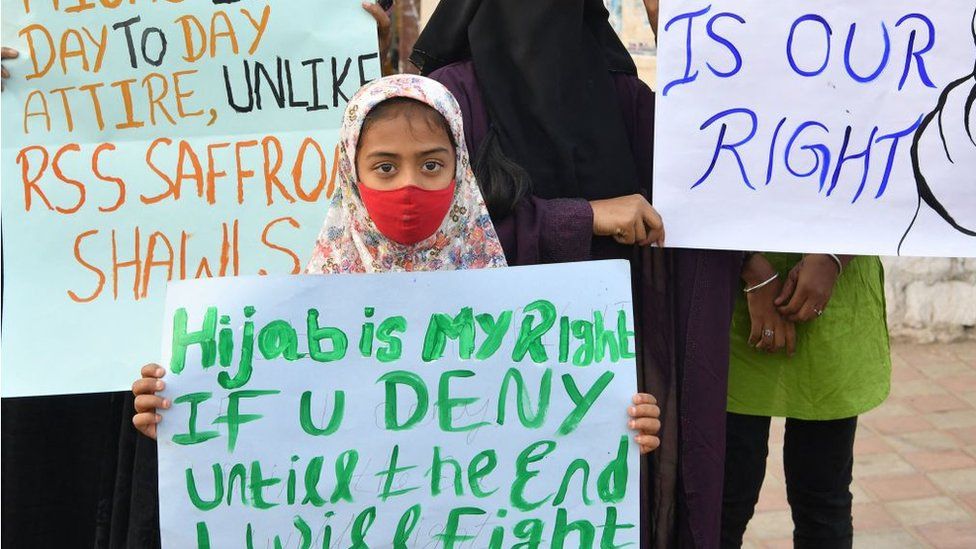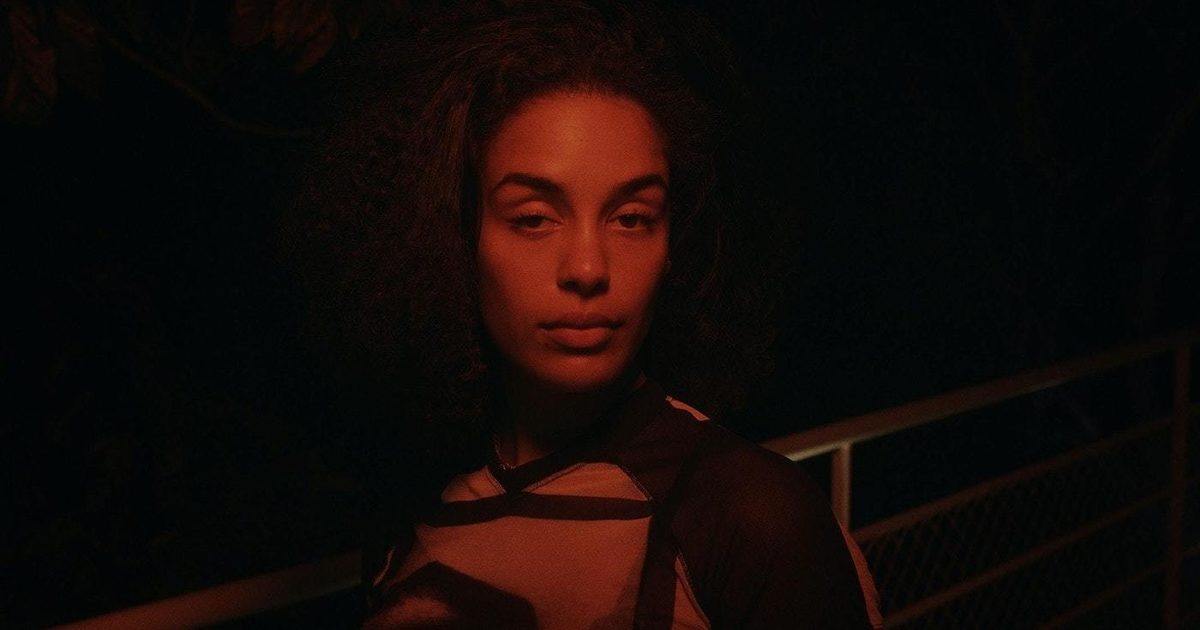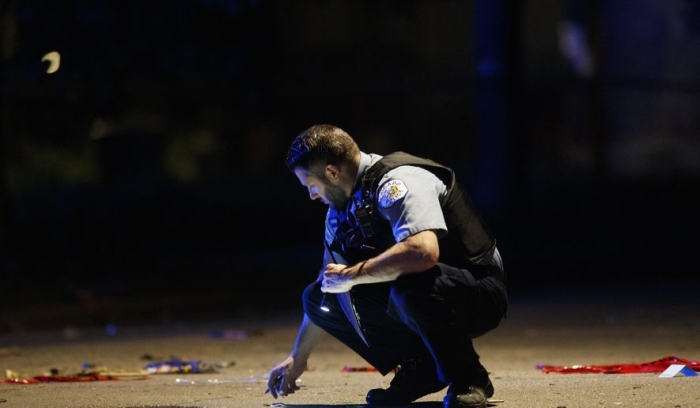Proposed French Law: Banning Hijabs In Public For Under-15s Gains Support

Table of Contents
The Proposed Legislation and its Rationale
The proposed legislation seeks to prohibit girls under 15 from wearing the hijab in public spaces within France. The stated rationale centers on the protection of minors, the upholding of French secular values (laïcité), and the prevention of what some perceive as the forced religious indoctrination of young girls. The government argues that the ban is necessary to safeguard children from undue pressure and ensure their freedom of choice regarding religious expression.
- Age Limit and Justification: The proposed 15-year-old age limit is based on the argument that individuals below this age lack the maturity to make informed decisions about religious practices. Supporters believe that preventing young girls from wearing the hijab protects them from potential coercion by family or community members.
- Penalties for Non-Compliance: While specific penalties haven't been fully detailed, potential consequences for non-compliance could range from fines to community service for parents or guardians. Further legal clarification is expected as the bill progresses.
- Government Goals: The government aims to reinforce the principle of secularism in public life, ensure the integration of all citizens, and protect children's well-being. They frame the bill as a measure to prevent radicalization and safeguard the autonomy of young girls.
- Political Support: The bill has garnered support from various right-wing and center-right political parties, who emphasize the importance of maintaining a strictly secular public sphere in line with French tradition. Their justifications often focus on safeguarding children from what they consider undue religious influence.
Arguments in Favor of the Hijab Ban
Proponents of the hijab ban in France argue that it is crucial for protecting young girls and upholding secular values. They express concerns about the potential for coercion and the infringement on a child's right to autonomy in choosing religious expression.
- Pressure on Young Girls: Many argue that young girls are often pressured into wearing the hijab before they fully understand its implications, thereby limiting their freedom of choice. The ban aims to mitigate this pressure.
- Safeguarding Children's Rights: Supporters cite the importance of prioritizing children's rights and well-being, arguing that the ban serves as a protective measure against potential forms of societal or familial pressure.
- Secularism and Public Space: The debate over the French hijab ban is deeply intertwined with the concept of laïcité—the strict separation of religion and state in French public life. Proponents argue that religious symbols in public spaces contradict this fundamental principle.
- Impact on School Environments: Concerns exist regarding the potential impact of visible religious symbols on school environments, particularly the potential for discrimination or social tensions. The proposed law intends to foster a more inclusive and neutral school setting.
Counterarguments and Criticisms of the Proposed Ban
Critics of the proposed law argue that it infringes on religious freedom, fosters discrimination, and is ultimately ineffective in achieving its stated goals. They highlight potential violations of human rights and international conventions.
- Infringement on Religious Freedom: Opponents contend that the ban constitutes a violation of fundamental human rights, specifically the freedom of religion and expression, as enshrined in international human rights conventions.
- Increased Discrimination: The ban, critics argue, could lead to increased discrimination and marginalization of Muslim communities in France, further fueling existing social tensions.
- Legal Challenges: The legal basis of the proposed law is expected to face significant challenges, particularly regarding its compatibility with existing French and international laws protecting religious freedom.
- Ineffectiveness and Unintended Consequences: Some argue that the ban is unlikely to achieve its intended goal of preventing radicalization, and may even lead to unintended consequences, such as driving the practice underground.
Public Opinion and Political Reactions
Public opinion regarding the hijab ban in France is deeply divided, reflecting the polarized nature of the debate. Opinion polls show varying levels of support depending on the demographic and political leanings of respondents.
- Opinion Polls and Surveys: Results vary significantly depending on the pollster and methodology employed, highlighting the lack of a clear national consensus on the issue.
- Political Reactions: The debate has sparked sharp divisions within the political spectrum. While right-wing parties have predominantly voiced support, left-wing and centrist parties have expressed various degrees of opposition, raising concerns about the potential implications for religious freedom and social cohesion.
- Protests and Demonstrations: The proposal has already spurred protests and demonstrations from various civil liberties and Muslim organizations, who have expressed their strong opposition.
- Media Coverage and Public Discourse: The media has extensively covered the proposed legislation, leading to a significant public discourse that has, at times, become highly emotional and polarized.
Conclusion
The proposed French law banning hijabs in public for girls under 15 is a deeply divisive issue, raising complex questions about secularism, religious freedom, and the rights of minors. While proponents emphasize protecting children and upholding secular values, critics express concerns about discrimination and human rights violations. The debate highlights the ongoing tension between the principles of secularism and religious freedom in France. The long-term consequences of a hijab ban in France remain uncertain, underscoring the need for a nuanced and respectful dialogue that considers the rights and perspectives of all involved.
Call to Action: Stay informed about the developments surrounding this crucial legislation. Follow the debate on the proposed hijab ban in France and contribute to the conversation, respecting diverse perspectives while upholding democratic values. Understanding the nuances of the French hijab ban debate is essential for navigating this complex social and political issue.

Featured Posts
-
 Reviewing The Impact Of Dc Legends Of Tomorrow On The Arrowverse
May 24, 2025
Reviewing The Impact Of Dc Legends Of Tomorrow On The Arrowverse
May 24, 2025 -
 Pope Leos Past A Tik Tok Video Ignites A Nostalgic Connection
May 24, 2025
Pope Leos Past A Tik Tok Video Ignites A Nostalgic Connection
May 24, 2025 -
 Jorja Smith Biffy Clyro Blossoms To Headline Bbc Radio 1 Big Weekend
May 24, 2025
Jorja Smith Biffy Clyro Blossoms To Headline Bbc Radio 1 Big Weekend
May 24, 2025 -
 Aubrey Wursts Stellar Performance Propels Maryland Softball Past Delaware
May 24, 2025
Aubrey Wursts Stellar Performance Propels Maryland Softball Past Delaware
May 24, 2025 -
 New Proposals Increased Punishment For Underage Offenders In France
May 24, 2025
New Proposals Increased Punishment For Underage Offenders In France
May 24, 2025
